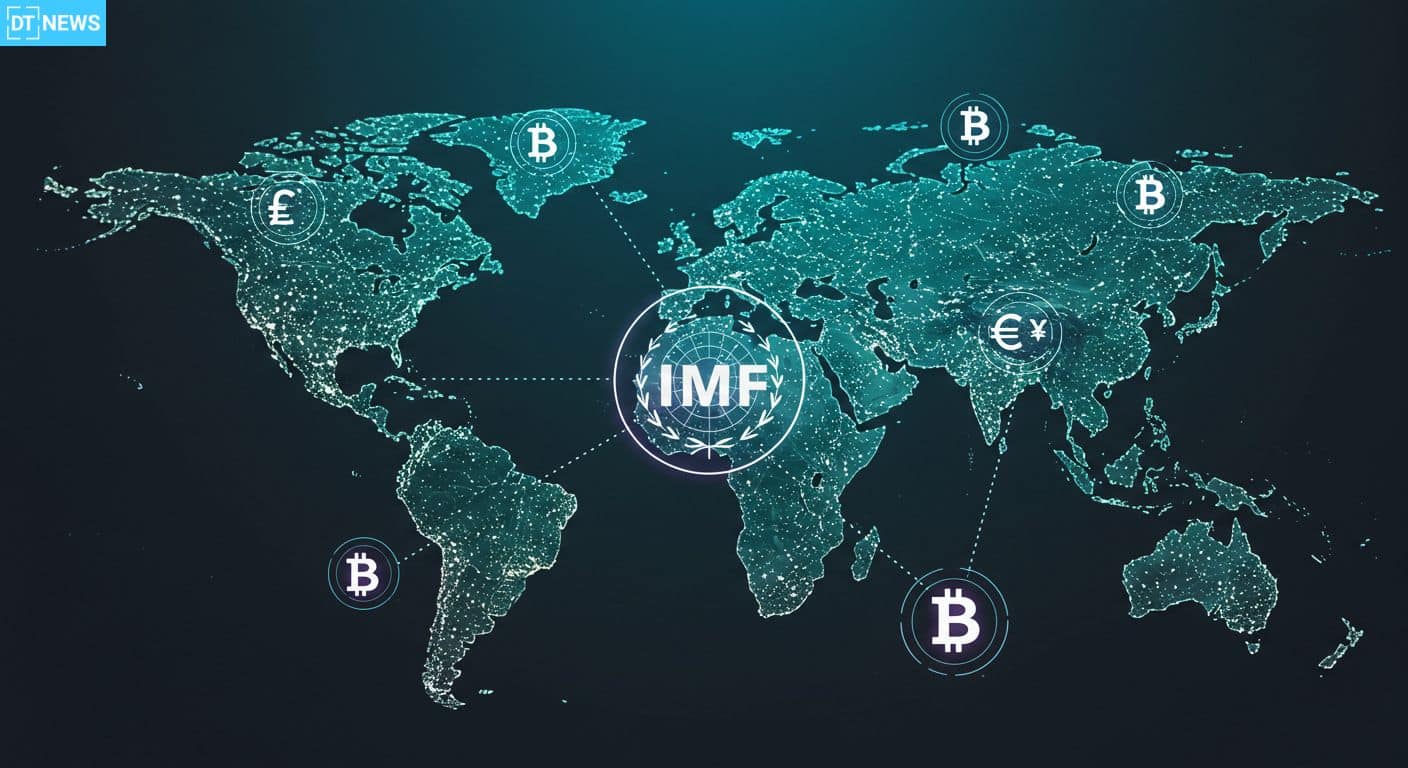According to latest reports, a new milestone has just been reached. Bitcoin and other digital currencies are now officially recognized in national wealth statistics under new crypto accounting standards agreed by the IMF and United Nations. These changes put crypto as non-produced, non-financial assets on government balance sheets, but exclude them from gross domestic product (GDP) calculations.
The approval came from the United Nations Statistical Commission, with the IMF’s System of National Accounts (SNA) updates effective across national accounting frameworks.
What Has Changed?
Under the revised System of National Accounts and Balance of Payments Manual (BPM7), digital assets like Bitcoin are no longer statistical blindspots. They are now recorded like land or gold; visible on the national books but not in GDP.
The goal is to provide better transparency and risk assessment tools for emerging market policymakers navigating digital financial innovation.

Countries are encouraged to adopt these standards by 2029–2030, with practical guidance on data sources and methodology already drafted by the IMF’s Statistics Department.
Early guidance recommends non-cash crypto assets be treated as non-produced non-financial assets, meaning their value reflects exchange or investment, not economic output.
El Salvador Enters the Record Books
El Salvador’s Bitcoin policy is the first concrete example of national BTC holdings being recorded. Though under a $1.4 billion IMF loan in 2024, officials have disclosed over 6,000 BTC worth $550 million, now to be captured under new accounting rules.
Controversy remains, however, recent government statements about additional BTC purchases, like buying 8 BTC in July, were quickly disputed by IMF officials who said no new accumulation had occurred. Internal wallet transfers, not new purchases, were behind the activity.
Why It Matters
From seeing Bitcoin as fringe or speculative to officially recognizing it as a capital asset, it is truly remarkable. As the IMF now classifies BTC as “Digital Gold”, governments’ balance sheets will reflect that value; a first for any sovereign digital holding. These crypto accounting standards provide fiscal visibility but keep crypto out of GDP-based metrics.
These metrics also allow cross-border crypto flows to be tracked within balance of payments frameworks (BPM7), giving global regulators a window into crypto’s financial footprint.

Conclusion
Based on the latest research, the updated crypto accounting standards mean Bitcoin is no longer invisible in national statistics.With crypto accounting consensus building, standard-setting bodies like the IMF and FSB will start to coordinate regulation and supervision across borders.
The IMF’s policy frameworks will also encourage crypto to be included in Article IV assessments and financial sector evaluation tools for emerging markets. This opens up paths for broader adoption, coordinated tax frameworks and safeguards for digital asset volatility risks.
For in-depth analysis and the latest trends in the crypto space, our team offers expert content regularly.
Summary
IMF and UN Statistical Commission have updated crypto accounting standards, classifying Bitcoin and similar digital assets as non-produced, non-financial assets on national balance sheets. This increases transparency in macroeconomic statistics without affecting GDP. El Salvador’s 6,000 BTC now appears in official records, but new acquisitions are disputed.
FAQs
What are crypto accounting standards?
International rules to record crypto assets like Bitcoin in national wealth and transaction statistics.
Does Bitcoin count toward GDP?
No. These standards list Bitcoin on balance sheets as a capital asset but separate from GDP.
How much BTC does El Salvador hold?
Approx. 6,000 BTC ($550 million) now in national asset registers under the new standards.
Why did the IMF soften its stance on Bitcoin?
Experts say it is to improve national data and support stable regulatory evolution as digital assets grow.
Glossary
Crypto accounting standards – Global rules to log crypto holdings as official, non-produced assets.
System of National Accounts (SNA) – United Nations framework for national economic data.
Balance of Payments Manual (BPM7) – IMF’s standard for tracking international transactions including crypto flows.
Non-produced non-financial assets – Assets like land or Bitcoin that support value but aren’t productively generated.
Article IV assessments – IMF evaluations of member countries’ economic stability, now potentially including crypto exposure.



















































































































